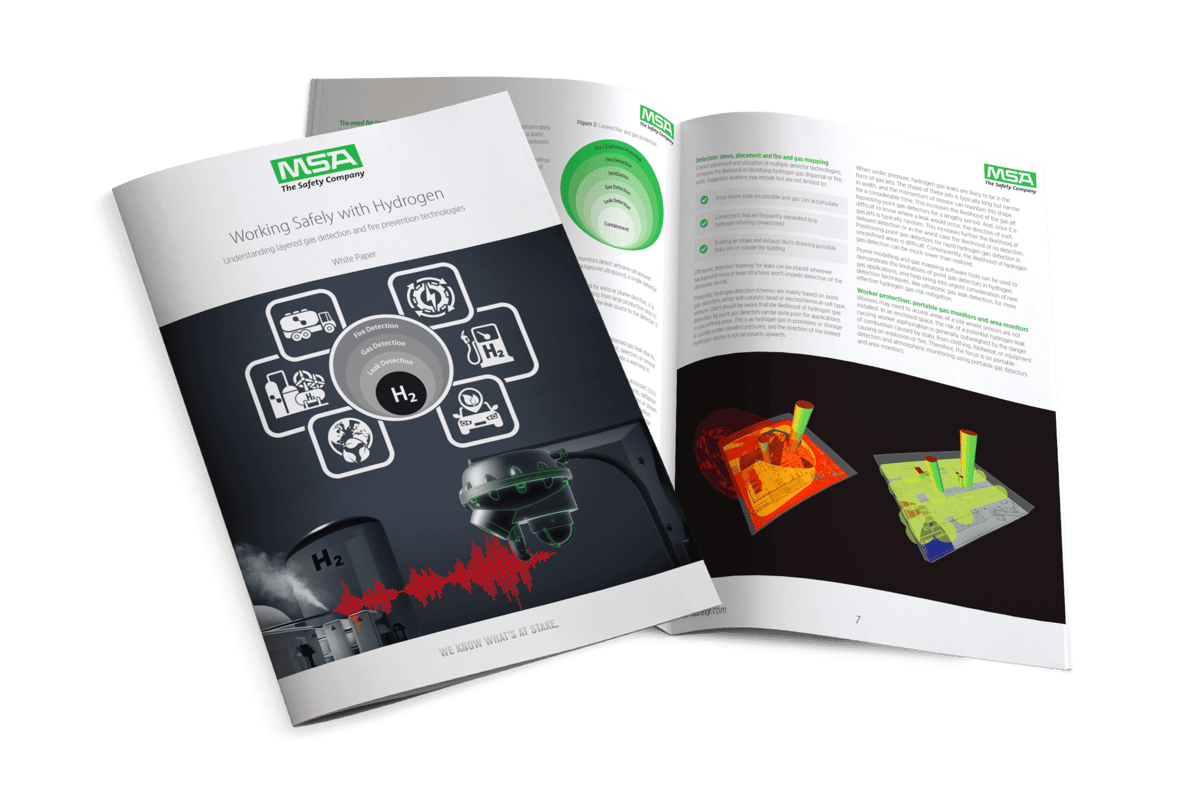Enhancing Hydrogen Safety: MSA Safety White Paper on Detection Technologies
Key Ideas
- MSA Safety's white paper explores challenges of hydrogen safety in industry settings.
- The paper advocates for layered detection technologies tailored for hydrogen's unique properties.
- Different sensor technologies like ultrasonic, electrochemical, and flame detectors are recommended for varied environments.
- Hydrogen-specific standards and infrastructure adaptations are highlighted for safe hydrogen usage.
MSA Safety, a US-based safety equipment company, has released a white paper focusing on the challenges of ensuring safety in the use of hydrogen, a low-carbon fuel gaining popularity. The paper delves into the complexities of producing, storing, and distributing hydrogen, especially in scenarios involving high pressure or confined spaces. It emphasizes the need for specialized safety systems due to hydrogen's distinct characteristics like low ignition energy and a nearly invisible flame.
The white paper discusses the limitations of traditional gas detection methods in well-ventilated areas where hydrogen leaks could be missed. Instead, it proposes a multi-technology approach that includes ultrasonic leak detection, electrochemical sensors, and flame detectors to enhance safety measures. Each technology addresses specific risks and environments, offering a layered protection system.
MSA highlights the advantages of ultrasonic sensors in detecting pressurized gas leaks from a distance, electrochemical sensors for early detection in enclosed spaces, and flame detectors for open environments where ignition risks are high. The importance of gas mapping and plume modeling is also stressed for effective sensor placement.
Furthermore, the white paper discusses relevant hydrogen-specific standards like ISO 22734 and ISO 19880, indicating the necessity of adapting existing infrastructure to suit hydrogen's unique nature and compatibility challenges. Overall, the paper aims to provide comprehensive insights into working safely with hydrogen and advocates for the adoption of advanced detection technologies to mitigate risks effectively.
Topics
North America
Industry Challenges
Low Carbon Fuel
Risk Mitigation
Standards
Sensor Technology
Safety Systems
Safety Equipment
Detection Technologies
Latest News
